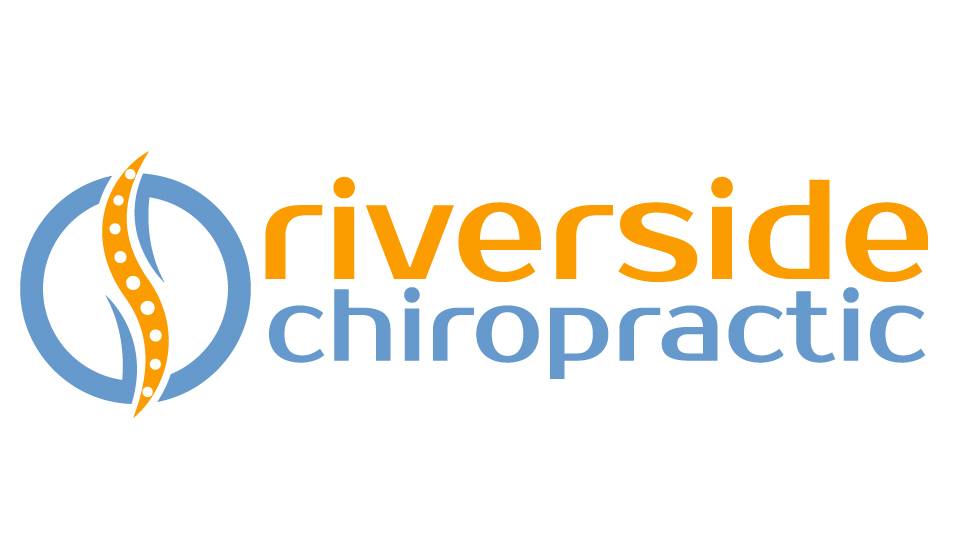My back just feels stuck
/One of the most common things people tell me is, “My back just feels stuck.” It’s a frustrating feeling—like something isn’t moving the way it should, even if you can’t quite explain why. You might notice stiffness when you wake up, tightness after sitting too long, or a general sense that your body isn’t as free and comfortable as it used to be.
Why Your Back Feels Stuck
That “stuck” sensation isn’t usually about a single bone being out of place (despite what people often assume). It’s more about how your joints, muscles, and nervous system are working together. When joints lose their normal movement—often from posture, repetitive stress, old injuries, or long periods of sitting—the surrounding muscles tighten up and protective patterns form.
Over time, this creates a loop of stiffness and restricted movement.
How Chiropractic Care Helps
Chiropractic care aims to restore normal joint motion and calm down those protective muscle patterns. Gentle adjustments and targeted mobility work improve how your spine moves, which can have ripple effects throughout the whole body.
When your joints start moving the way they’re designed to:
Muscles stop gripping so tightly
You feel lighter, looser and taller
Movement becomes smoother and more natural
Everyday tasks feel easier and less effortful
Many people find that as their spine begins to move more freely, the rest of their body follows. Tight areas soften, stiff areas warm up, and movement becomes something you can do—not something you have to avoid.
Movement Creates More Movement
Once the spine is moving better, the nervous system also responds more clearly. That’s why, after an adjustment, people often notice:
More freedom in their stride
Better posture without trying
Less pressure across the shoulders or lower back
Increased ease in bending, twisting, lifting, or exercising
Chiropractic care isn’t just about pain relief—it’s about restoring the fluid, effortless movement that helps you feel like yourself again.
You Don’t Have to Feel Stuck
If you’ve been living with stiffness, tightness, or the feeling that your back won’t quite “let go,” there is a way forward. With the right care and movement strategies, your body can relearn how to move freely again—often faster than you expect.




